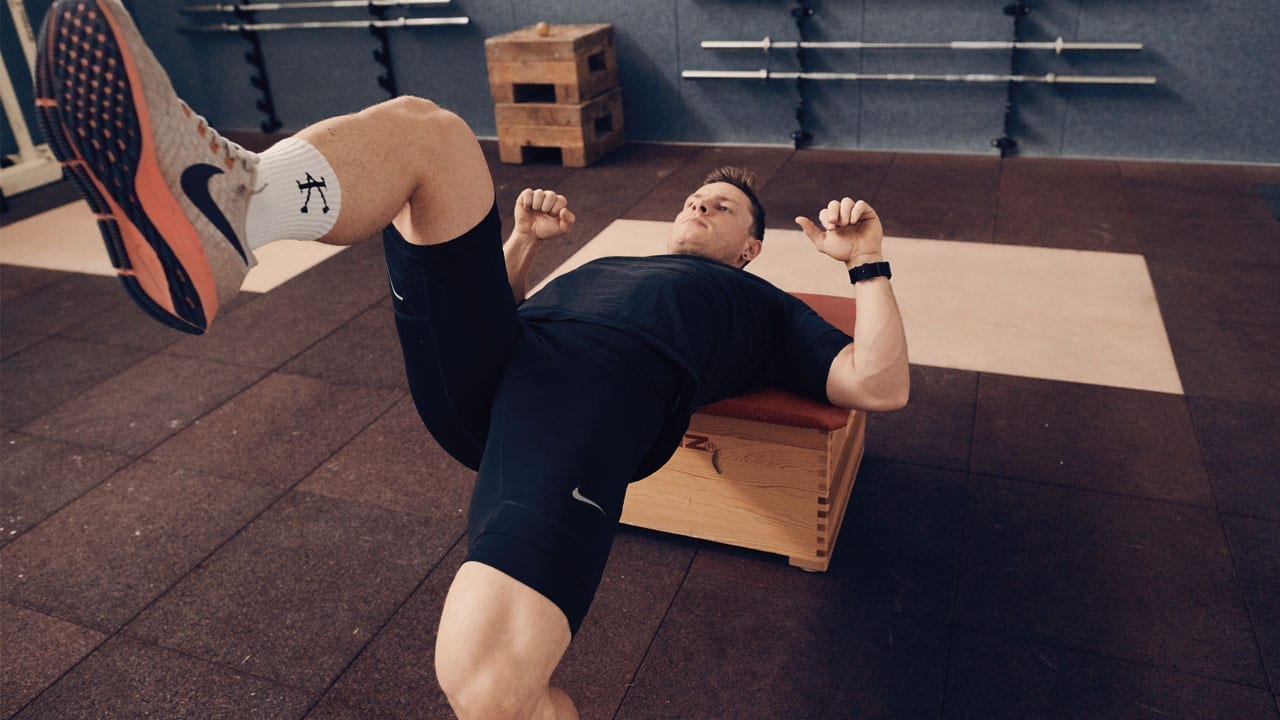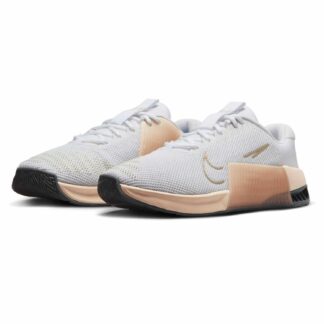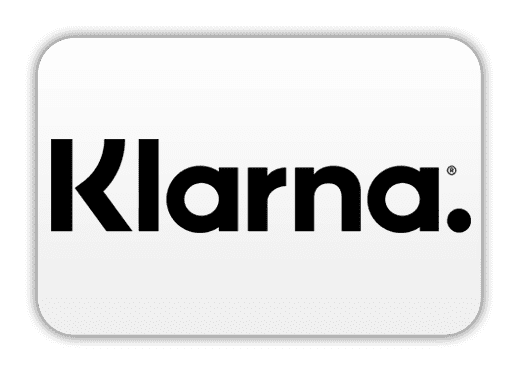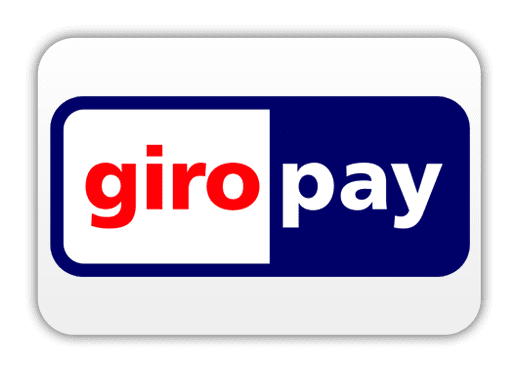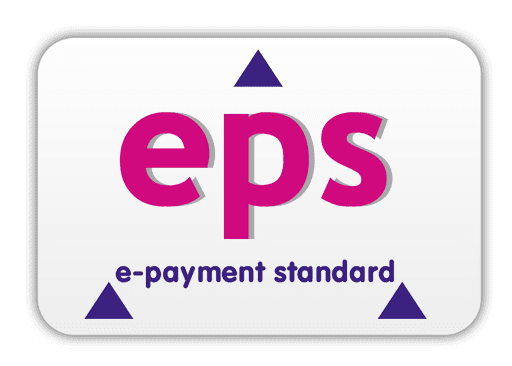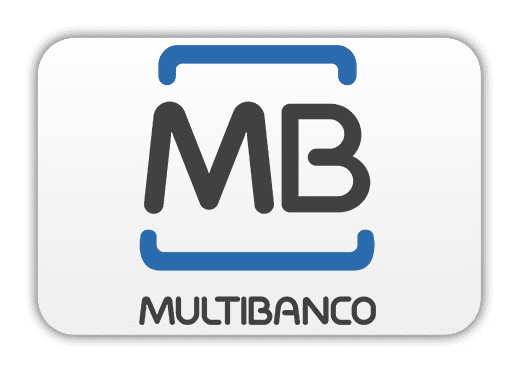Cookie information is stored in your browser and performs functions such as recognizing you when you return to our website and helping our team understand which sections of the website are most interesting and useful to you.
These cookies are necessary for the operation of the website and cannot be turned off. Such cookies are set only in response to actions you take, such as language, currency, shopping cart, login session, privacy settings. You can set your browser to block these cookies, but this may affect the functioning of our website.
These cookies allow us to count visits and traffic sources so that we can measure and improve the performance of our website. They help us answer questions about which pages are the most popular, which are the least used, and how visitors move around the site. All information collected by these cookies is aggregated and therefore anonymous. Keeping these cookies enabled helps us improve our website.
Please enable essential cookies first so that we can save your settings!
These cookies are used for advertising displayed on third-party websites, including social media, and are tailored to your preferences. They help us measure the effectiveness of our advertising campaigns. If you disable these cookies, you will continue to see advertisements (including ours) when you browse the web that are not specifically tailored to your personal interests and are therefore less relevant.
Please enable essential cookies first so that we can save your settings!


